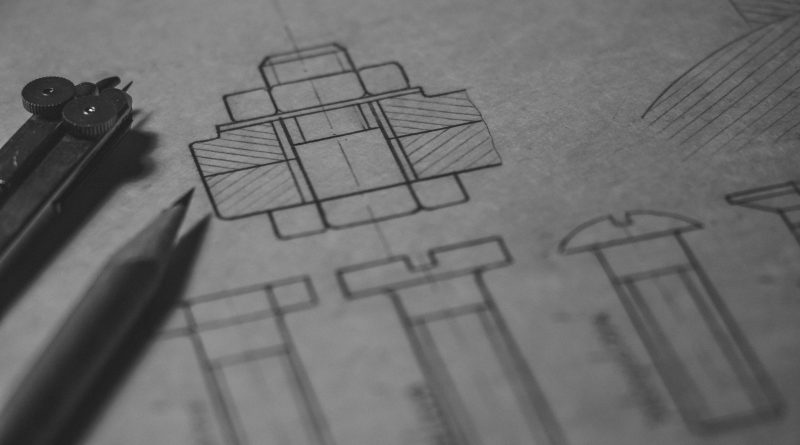Landmark photo-chemical etching process to revolutionize design
The company behind the innovation claims it is the world’s most precise methodology of its kind
Photo-chemical etching (or PCE, for short) is a precise and cost-efficient way to fabricate complex parts with intricate geometries, tight tolerances, and highly repeatable results for large production runs.
But the times – and methodologies – are changing. More specifically, they are rapidly evolving at one firm in particular: micrometal GmbH (micrometal).
At the fore of the PCE niche, micrometal has carved out an impressive reputation for its unique development of etching processes. Ergo, the for, has helped the manufacturing industry innovate more complex parts and individual components.
Jochen Kern, Head of Sales & Marketing at micrometal, recently released a statement addressing the new technology. “As a spur to design freedom, the precision and repeatability of PCE is an important starting point,” he said. “At micrometal, we have taken what was already a precision process and refined it to make the world’s most precise photo-chemical etching process.
“Our etching process is very different from conventional PCE processes. We use a special liquid resist system to obtain ultra-thin photoresist layers enabling a higher degree of precision in the chemical etching process.
“It allows us to achieve extremely small feature sizes and single digit micron tolerances repeatably. Traditional PCE uses relatively thick dry film resist which compromises ultimate part precision and the tolerances that are available.
“In production, we also use glass photomask tools printed at 100,000 dpi, providing [a more] superior reproduction and resolution than film photo-tooling used in conventional chemical etching processes.”
Photo-chemical etching and design
Digital tooling within photo-chemical etching effectively changes the game for design engineers. There will no longer be a need for tooling investment. Modification will easier. Increased flexibility will encourage bolder designs.
“With ultra-precision comes almost limitless geometric complexity when using micrometal’s PCE process,” added Jochen. “Complexity does not add time or cost as would be the case with traditional manufacturing processes, so you can design and prototype a number of versions of an impossibly complicated part in a matter of days.
“In addition, the process itself has some unique attributes – such as etch cusp – that make the inclusion of otherwise challenging product features such as sharp edges and conical openings simple.
“By understanding the physical properties of the material being etched and how the process works, designers can create components that are not only more efficient in their end use applications, but also where it is more aesthetically pleasing.
“This is best done working in close collaboration with the photo-etching specialist that can help design for PCE.”
